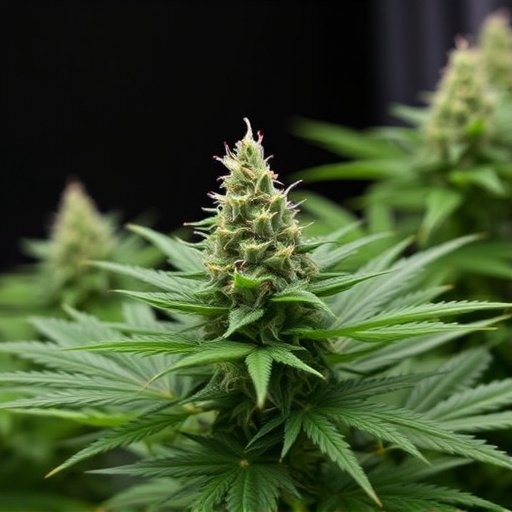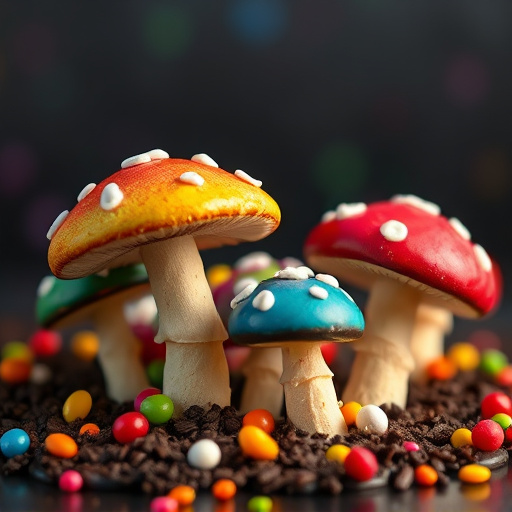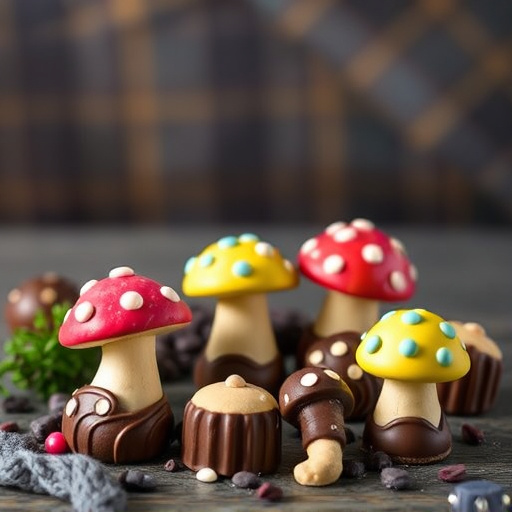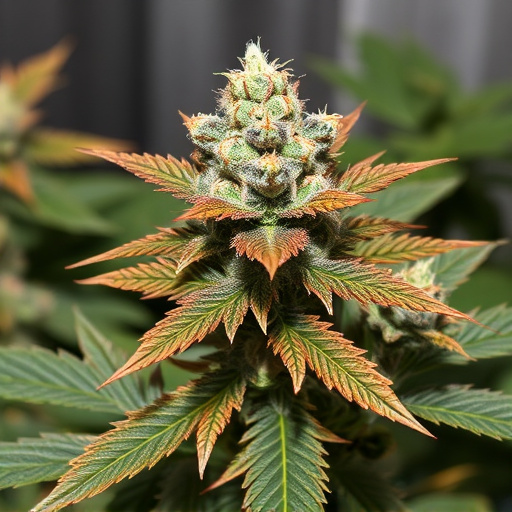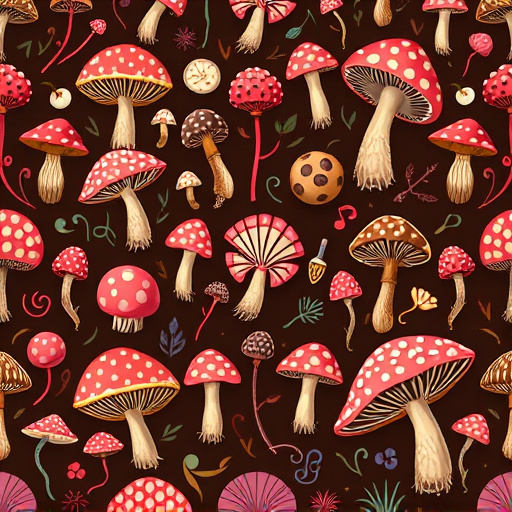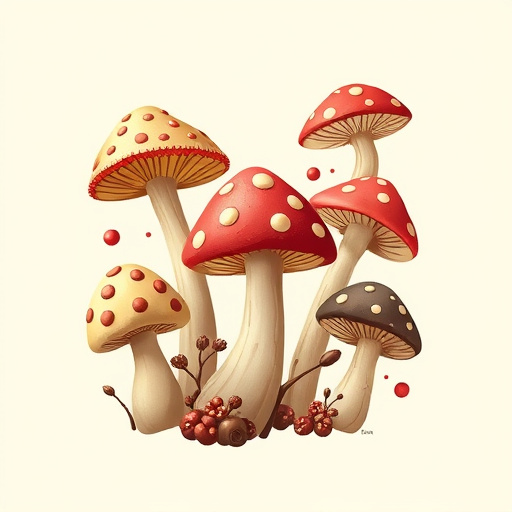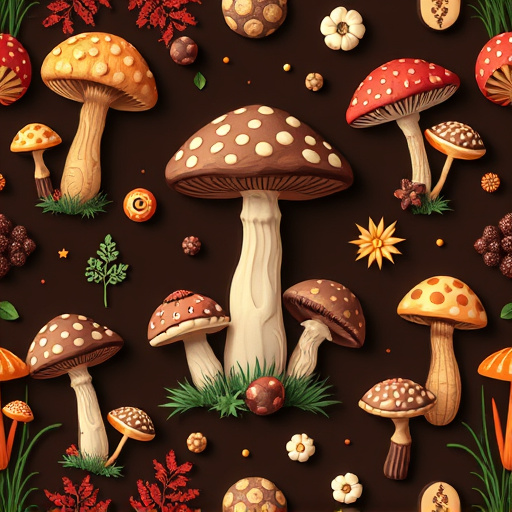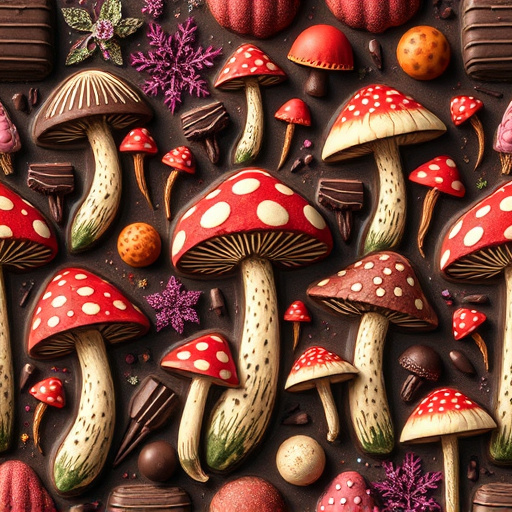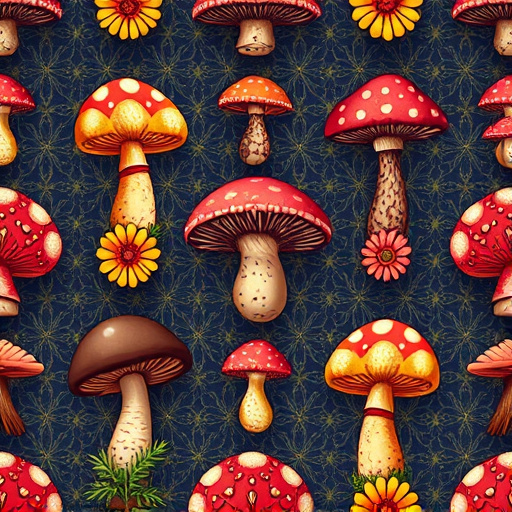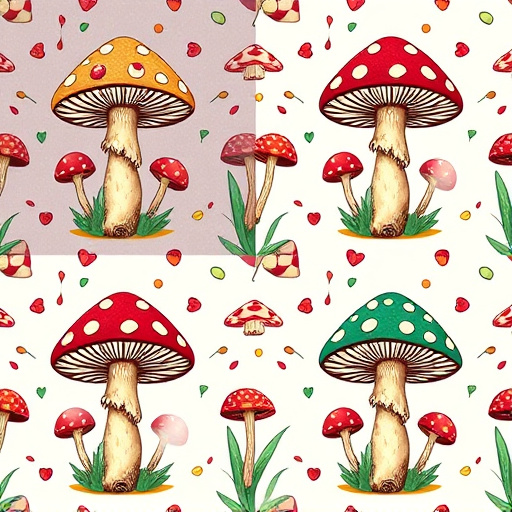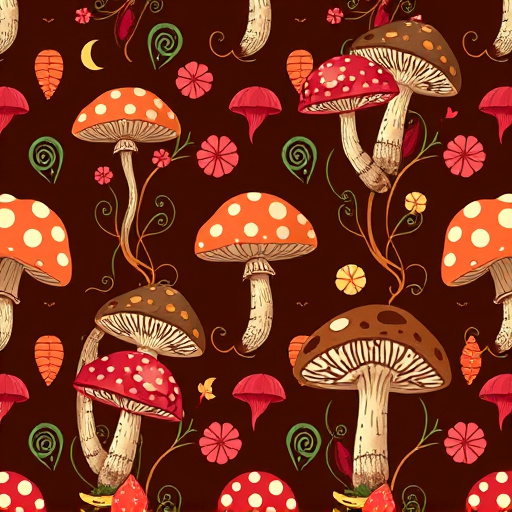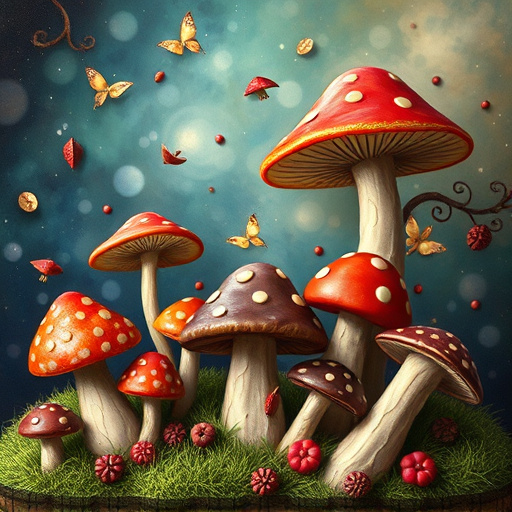Magic mushroom chocolates, containing microdoses of psilocybin blended with premium chocolate, are often misunderstood. Unlike typical psychedelic trips, they induce subtle effects like relaxation and heightened senses, not intense alterations of consciousness. Gaining attention for therapeutic potential in treating depression, anxiety, and addiction, these chocolates warrant scientific exploration while separating fact from myth is crucial. Professional guidance is essential due to varying responses and side effects.
“Unveiling the world of Magic Mushroom Chocolates, a delightful fusion of gourmet treats and psychedelic compounds, offers an alternative experience for those seeking expansion beyond conventional indulgences. This unique offering has sparked curiosity and garnered attention, but it’s shrouded in myths about magic mushroom chocolates.
In this article, we embark on a journey to debunk common myths surrounding these intriguing confections. From their composition to their effects, we’ll explore the science behind Magic Mushroom Chocolates, providing insights that transcend perception and delve into reality.”
- What Are Magic Mushroom Chocolates?
- Debunking Common Myths and Misconceptions
- The Science Behind Their Effects and Uses
What Are Magic Mushroom Chocolates?
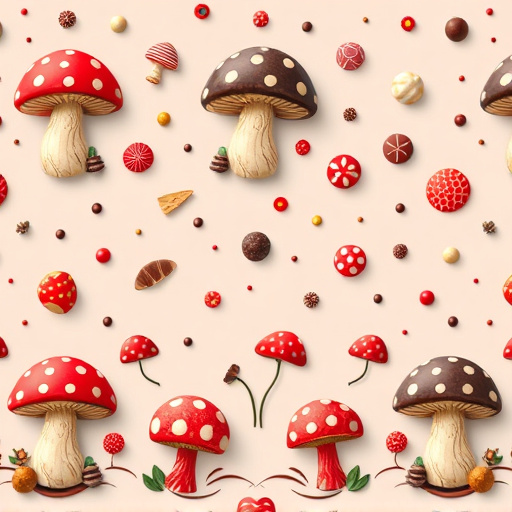
Magic mushroom chocolates are a modern confectionery creation that combines two seemingly unrelated elements: the mystical properties associated with psilocybin mushrooms and the indulgent world of premium chocolate. These chocolates contain small amounts of psilocybin, the active compound found in certain species of magic mushrooms, typically infused into dark or milk chocolate bars. This unique fusion has sparked curiosity and garnered attention, but it’s essential to separate fact from myth when understanding this concept.
One of the most prevalent myths about magic mushroom chocolates is that they induce intense psychedelic experiences similar to traditional mushroom trips. While psilocybin is indeed a psychoactive substance, the amount present in these chocolates is significantly lower, often not even enough to produce noticeable effects. They are intended for microdosing, where small amounts are consumed to potentially enhance creativity, mood, and well-being without the full-on psychedelic journey. This subtle approach allows individuals to experience the supposed benefits while remaining fully functional.
Debunking Common Myths and Misconceptions
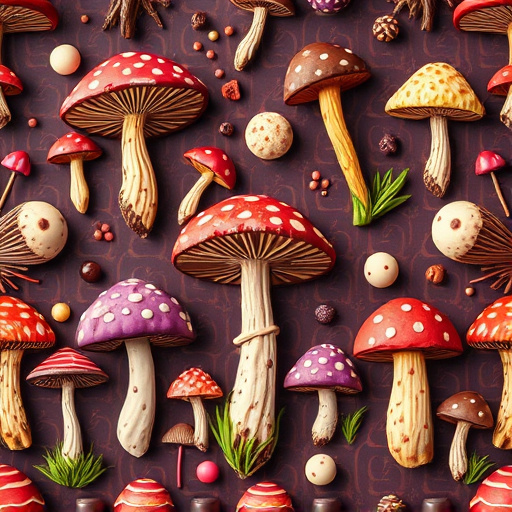
Many people have misconceptions about magic mushroom chocolates, often due to the perceived stigma surrounding psilocybin mushrooms. One common myth is that consuming chocolate with magical properties will induce a “trip” similar to taking psychedelic drugs. While it’s true that these chocolates contain psilocybin, a compound known for its mind-altering effects, the experience is quite different. The amount of psilocybin in commercially available magic mushroom chocolates is typically much lower, ensuring a subtle and often mild effect that can be more akin to enhanced relaxation or a heightened sense of perception rather than a full-blown psychedelic trip.
Another myth is that these chocolates are only for recreational use. In reality, psilocybin has gained significant attention in the medical field for its potential therapeutic benefits. Magic mushroom chocolates are being explored as a tool for treatment-resistant depression, anxiety, and even addiction. When consumed under controlled, clinical settings, the experience can be deeply personal and transformative. Debunking these myths is essential to fostering an understanding of magic mushroom chocolates as a novel approach to wellness, one that deserves scientific scrutiny and open dialogue.
The Science Behind Their Effects and Uses
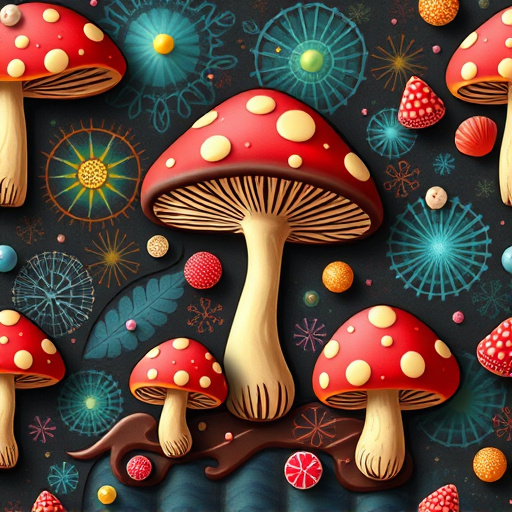
Magic mushroom chocolates, also known as psilocybin chocolate, are a delightful fusion of two distinct worlds—the sensory appeal of premium chocolates and the therapeutic potential of psychedelic compounds found in certain mushrooms. The key active ingredient here is psilocybin, a natural substance that interacts with our brain’s serotonin receptors, leading to altered perceptions and heightened emotional experiences.
Contrary to popular myths, magic mushroom chocolates are not mind-altering in the traditional sense of the term. Psilocybin, when consumed in controlled doses, has been linked to potential therapeutic benefits, including reduced anxiety, depression, and post-traumatic stress disorder (PTSD). Research suggests that it can induce a state of profound introspection and enhanced creativity. The effects are often described as mystical or spiritual, with users reporting profound insights and a deeper connection to themselves and the world around them. However, it’s crucial to emphasize that these chocolates should only be consumed under professional guidance due to varying individual responses and potential side effects.
Magic mushroom chocolates, despite their intriguing name, are not a mystical or magical cure-all. They are edible products containing psilocybin, a compound found in certain types of mushrooms, known for its psychoactive effects. Debunking common myths, we’ve explored the science behind these chocolates, revealing that their effects can vary greatly among individuals and are often similar to those induced by other hallucinogenic substances. While research into therapeutic applications is promising, it’s crucial to approach magic mushroom chocolates with awareness and caution, considering both potential benefits and risks in light of the current scientific understanding.
